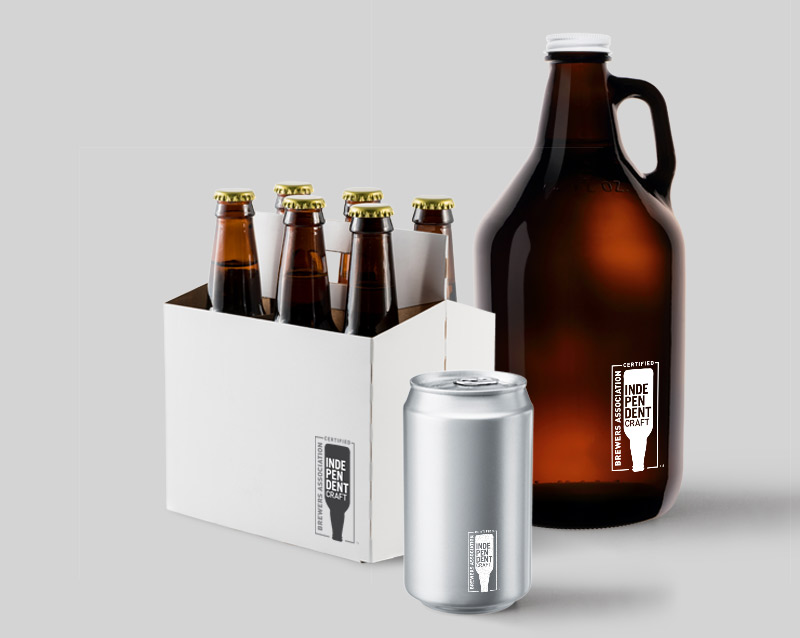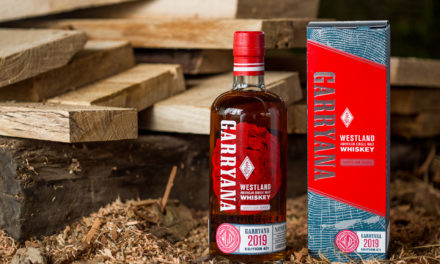If there’s one constant in craft beer, it’s how quickly the landscape continues to change. From mergers and acquisitions to strategy and packaging, here’s a look at some trends that will continue to impact the industry into 2018 and beyond.
Big beer flexes its muscle. Even casual beer drinkers can’t help but notice the buying spree that juggernauts such as AB InBev, MillerCoors, and Constellation Brands have been on. Cult favorites Wicked Weed and Funky Buddha are just the latest in a long line of breweries to hand over their craft credentials in favor of the distribution muscle, resources, and jaw-dropping valuations big beer can offer.
Craft collectives. Larger craft brewers are also purchasing or partnering with other craft brewers to strengthen distribution networks and meet business goals. New Belgium Brewing, for example, recently bought the assets of San Francisco’s Magnolia Brewing out of bankruptcy, while Oskar Blues has acquired several smaller craft brewers, including Florida’s Cigar City.
 Independence matters. With the ownership shuffle in full effect and craft brands sharing shelf space with the merely “crafty,” it’s understandable that many consumers are confused. The Brewers Association certainly believes that independent ownership matters, which is why it introduced a logo that member breweries can use to quickly differentiate their brands.
Independence matters. With the ownership shuffle in full effect and craft brands sharing shelf space with the merely “crafty,” it’s understandable that many consumers are confused. The Brewers Association certainly believes that independent ownership matters, which is why it introduced a logo that member breweries can use to quickly differentiate their brands.
Sinking flagships. It wasn’t that long ago a craft brewery wouldn’t think of launching without a tent-pole brand. As the brewery count ticks upward and consumers seek out new experiences, however, more breweries are abandoning flagships in favor of seasonal releases and one-offs.
Haze for days. New England-style IPAs, with their hazy appearance and juicy flavor, started as a regional trend but quickly went national. While IPAs have long been the best-selling style in craft, the hazy IPA craze has only further solidified that status.
Learning to love lagers (again). After years of craft lagers as an afterthought, more breweries are adding excellent examples to their lineups. Some brewers, including Jack’s Abby Craft Lagers in Massachusetts, are focusing exclusively on lager styles.
The can-can club. The movement toward cans as the packaging format of choice has turned from a steady drip into a full-on torrent. Portable, recyclable, better for the beer, less expensive, and more efficient to transport—the case for cans is an easy one to make.
Last call for at-risk breweries. While craft beer is still the strongest performing segment of the overall beer market, its meteoric growth rate has cooled. The craft segment grew in volume by only 6 percent in 2016, compared to 13 percent in 2015 and 18 percent the two years prior. While not fatal, this slowed growth has had the effect of exposing weakness. Look for more breweries that are over-leveraged, poorly managed, or otherwise at risk to close their doors in 2018.
Multiple taprooms. Breweries such as Fieldwork Brewing and Figueroa Mountain, both in California, have based their business model around self-distributing to multiple locations. Not only does this strategy provide a higher profit margin on each beer sold, it also provides more touch points for consumers to try the beers and interact with the brand.
Boutique distribution. Stone Brewing Co., Crooked Stave Artisan Ales, and Karl Strauss Brewing Co. are either expanding into or creating whole companies around wholesaling beer for fellow craft brewers. This lets craft brands enter markets they might not otherwise be able to reach, and for their beers to be treated with the care only a fellow brewer would provide.











